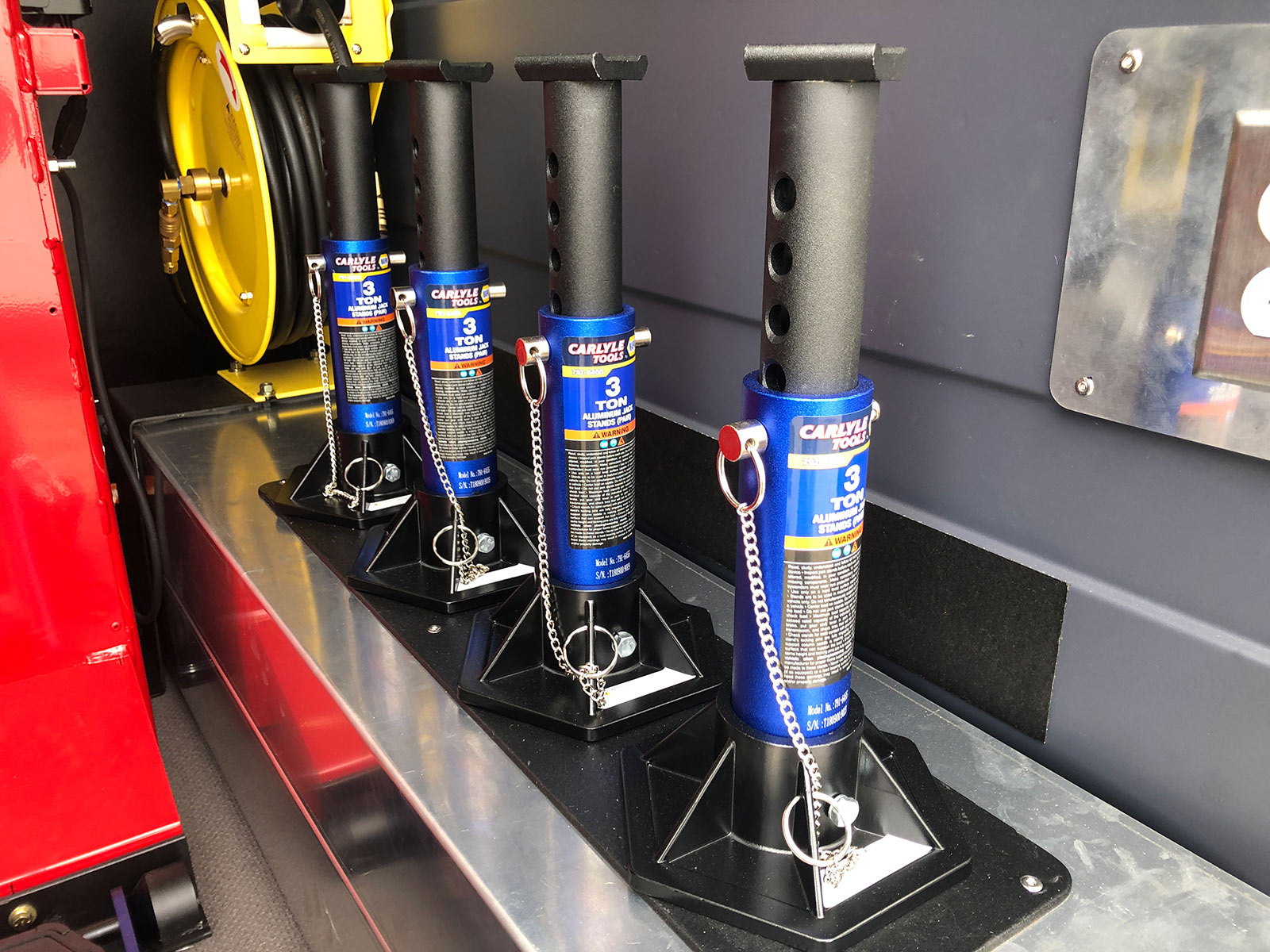Tire Service: Proven Methods for Optimal Tire Upkeep and Care
Keeping ideal tire problem is critical for both security and performance of any lorry. From guaranteeing proper tire pressure to normal turning and positioning, there are tested techniques that can considerably prolong the life-span of your tires and enhance total driving experience. As we explore the complexities of tire treatment and upkeep, we will certainly uncover necessary standards that every vehicle owner should comply with for the ideal possible results. Let's dive into the globe of tire service and discover the secrets to maintaining your tires in excellent form for the lengthy haul.
Significance of Tire Pressure
Sufficient tire pressure advertises better fuel effectiveness, as under-inflated tires can lead to enhanced rolling resistance, triggering the engine to function more challenging and eat even more gas. Proper tire stress makes certain also tread wear, improving tire long life and conserving money in the long run by delaying the demand for premature substitutes. Frequently inspecting and adjusting tire pressure, specifically before lengthy trips, is a simple yet reliable way to improve car performance, extend tire life-span, and focus on security on the road.
Tire Rotation Standards
When thinking about tire rotation guidelines, it is important to understand the relevance of this maintenance task in making the most of tire life-span and preserving optimum lorry efficiency. Tire turning entails changing the position of each tire on a lorry to make certain also walk wear. Front tires have a tendency to wear faster than rear tires because of guiding pressures, making regular rotation vital for balanced wear patterns. The suggested turning pattern varies depending upon whether a lorry is front-wheel, rear-wheel, all-wheel, or 4x4. Commonly, tires need to be revolved every 5,000 to 7,500 miles, or as suggested in the automobile guidebook. Overlooking tire rotation can bring about unequal wear, affecting handling, traction, and possibly compromising lorry safety. By sticking to proper rotation guidelines, motorists can expand the life of their tires, improve gas efficiency, and improve overall driving experience. Routine rotation is a basic yet efficient upkeep practice that contributes dramatically to tire long life and vehicle efficiency.

Advantages of Wheel Alignment
Making certain correct wheel positioning after tire turning is important for maintaining well balanced wear patterns and taking full advantage of car performance. Wheel alignment describes the adjustment of the angles of the wheels to the manufacturer's specifications. Among the crucial advantages of wheel placement is boosted steering and managing feedback. When the wheels are correctly aligned, it decreases steering initiative, guaranteeing a smoother and more regulated driving experience. Additionally, correct wheel alignment aids to prolong the lifespan of your tires. Misaligned wheels can cause irregular tire wear, causing premature tire substitute and boosted maintenance prices.

Tire Tread Depth Inspect
Carrying out a normal examination of tire step deepness is essential for preserving safe driving problems and lengthening the life expectancy of your tires. The tread on your tires plays a crucial role in supplying traction, especially in damp or unsafe problems. To examine your tire walk deepness, you can use a step deepness scale or the cent test. The advised step depth goes to least 2/32 of an inch. It is time to replace your tires to make sure ideal efficiency and safety on the roadway if the step deepness is listed below this limit. Uneven tread wear can suggest problems with tire alignment, stress, or suspension, highlighting the significance of normal walk deepness checks. Disregarding to keep an eye on and keep appropriate walk deepness can cause decreased hold, longer braking distances, and an increased risk of hydroplaning. By integrating tire walk deepness check out your regular maintenance routine, you can drive with confidence knowing that your tires remain in leading problem.
Seasonal Tire Evaluation
An extensive evaluation of tire problem customized to particular weather is critical for preserving ideal performance and safety throughout the year. Seasonal tire inspection is an essential facet of tire maintenance that guarantees read more tires are all set to encounter the challenges presented by various climate condition. To prepare for winter season, it is necessary to examine the tire stress frequently as cold temperatures can create tire pressure to go down. Evaluating tire step depth is likewise vital to guarantee appropriate grip on snow and ice-covered roads. Furthermore, looking for signs of damage, such as splits or lumps, can click this site help prevent possible tire failures. As the periods adjustment, it is important to assess tire problem and make any type of necessary modifications to assure safe driving. By carrying out regular seasonal tire assessments, drivers can extend tire lifespan, enhance fuel performance, and most significantly, ensure a safe driving experience in differing climate condition - Mobile Tire Repair Las Vegas.
Final Thought
To conclude, preserving correct tire pressure, turning tires on a regular basis, aligning wheels properly, monitoring tread deepness, and conducting seasonal evaluations are necessary practices for optimal tire treatment. By following these verified approaches, chauffeurs can guarantee their tires last longer, perform better, and add to general automobile safety and security. It is essential to prioritize tire upkeep to avoid crashes, boost gas performance, and lengthen the life-span of tires.
Sufficient tire pressure advertises much better fuel performance, as under-inflated tires can lead to increased rolling resistance, creating the engine to function harder and consume more gas.When taking into consideration tire rotation guidelines, it is necessary to understand the significance of this upkeep task in optimizing tire lifespan and preserving optimal vehicle performance. Seasonal tire evaluation is a basic facet of tire maintenance that makes certain tires web are ready to deal with the obstacles positioned by various climate problems. By conducting routine seasonal tire assessments, motorists can extend tire life-span, enhance gas performance, and most importantly, guarantee a protected driving experience in varying weather condition problems.
In conclusion, maintaining appropriate tire pressure, revolving tires routinely, lining up wheels properly, checking walk depth, and performing seasonal examinations are crucial practices for optimum tire care.